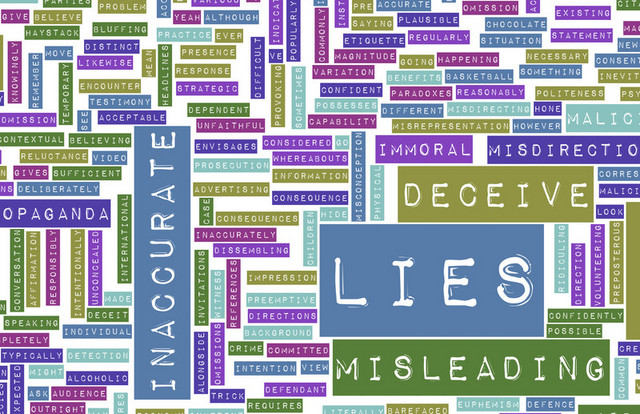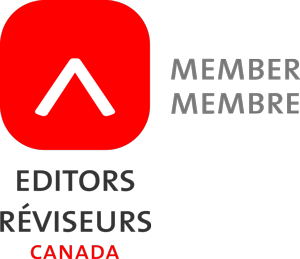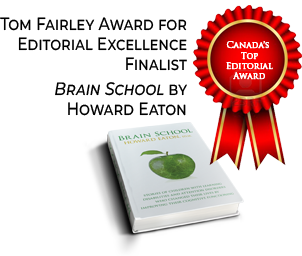
Part I: Steps to becoming a freelance book editor
During my thirteen years in the book editing business, I’ve regularly been asked how I became a freelance editor and what it takes to become a part of this fascinating business. In this post, I’ve pulled together all my tips and advice for those interested in taking the first steps toward a freelance editing career. Please note that these guidelines are specifically for those who are interested in a freelance career, not in-house. Although I’ve done some freelance work for Penguin Random House Canada, the bulk of my work has been as a freelance editor and proofreader for self-publishing authors.






